READY TO GET STARTED?
REQUEST A FREE ESTIMATE
Fill out the form below or call (888) 466-7849 for a free, no-obligation estimate.
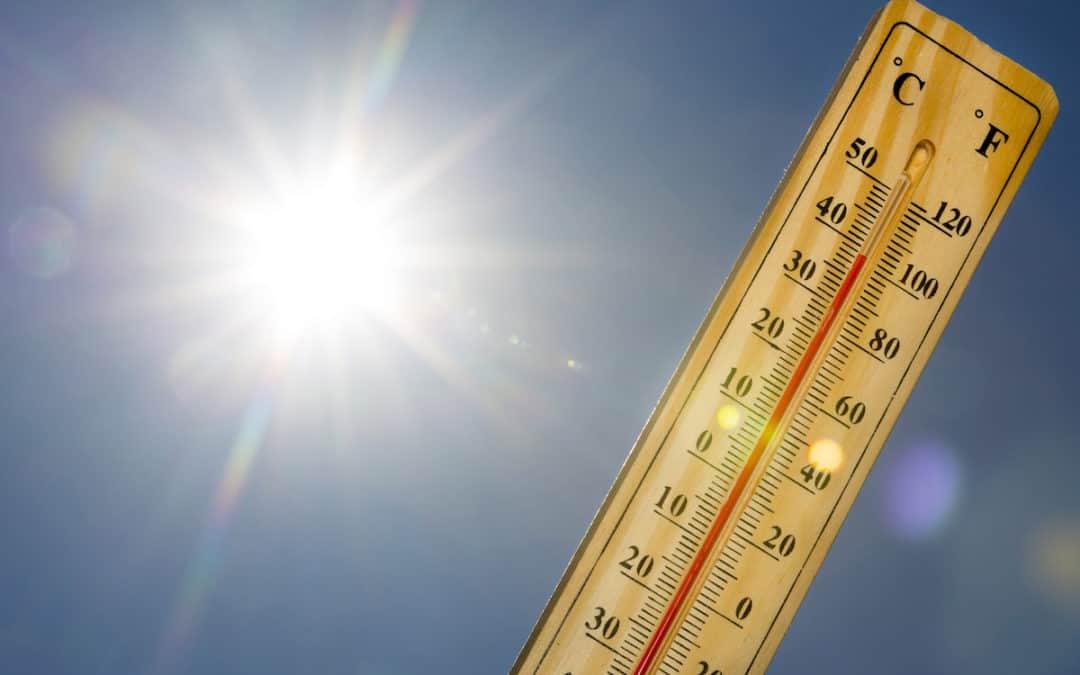
Not only does a Southern summer bring swarming pests, but it also brings the unbearable humidity. When it gets too hot, many of us head back inside and simply turn down the thermostat to a comfortable degree. Though some might find that turning the cool air up isn’t actually working, and the summer heat isn’t budging.
When the sun is beating down on your home, your attic will easily see high temperatures. The heat absorbs through the hard materials that make up your home and is likely to transfer downstairs into your living area, creating an uncomfortable living environment. An easy solution that could help is making sure you have enough insulation in your attic.
Attic insulation will create air pockets that slow the heat that is attempting to flow through your home. This will help uneven temperatures between the rooms in your house. Installing insulation can additionally help your HVAC system run more efficiently, helping lessen the need to turn down the thermostat and reduce the cost of your energy bills.
You will also find that your home can trap in the humidity and moisture. These two factors can welcome mold, fungi, and pests into your living environment. Termites, for example, prosper in areas of high moisture which in return can put your house at risk for structural damage.
A solution to ensure your home is not met with these issues is investing in crawlspace enclosure. With closing your crawlspace, you can equally save money on energy bills, but also improve the air quality in your home, creating a more comfortable living environment.
With these heat factors in mind, consider investing in both attic insulation and crawlspace encapsulation. In the long run, it could prevent future headaches! Request a Free Estimate Now
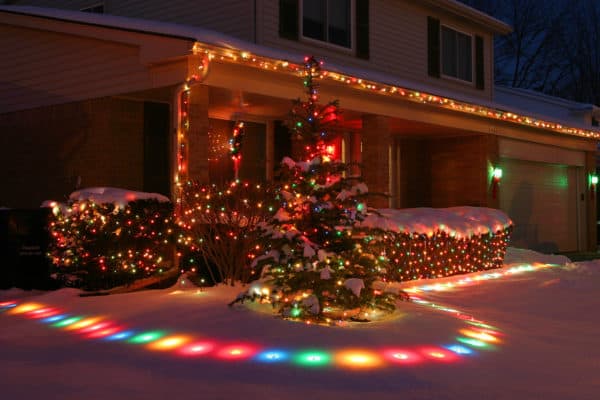
With the holidays looming near, you may be looking for areas where you can cut back on costs to give you that extra holiday cushion. We have a few tips you can consider that can not only help you go green but also put some extra cash back in your pocket!
Properly insulating your home can help energy efficiency throughout, helping you save money in the long run, not just the holiday season. Let Northwest help you go green and save green! Call and schedule your free inspection today!
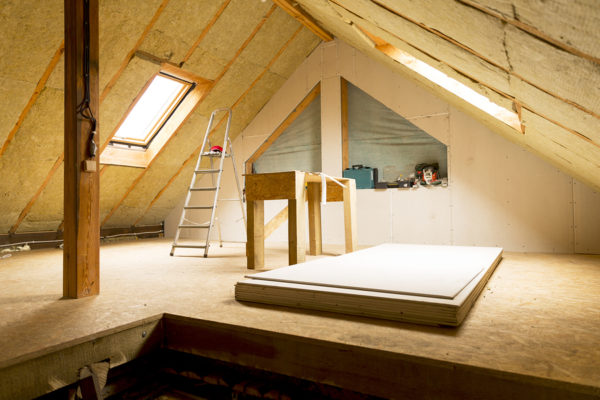
With the start of a new year, you may have begun to purge your home of unnecessary items or mapped out a major cleanup day. While the most lived in rooms are probably on your radar – the kitchen, bathroom, living room, and bedrooms – areas like your basement and attic can become catch all-areas or forgotten altogether. These neglected spaces are then susceptible to pest invasions and other home issues.
These tips are only part of your healthy home journey. Schedule a pest inspection with a licensed exterminator, who can identify current pest issues, potential pest threats in the future, and provide a personalized pest control plan for ongoing prevention.
Pest Control: Where Do Pests Go In The Winter?
Wildlife Control: Sneaky Wildlife – Possums and Raccoons
Lawn Care: 10 Ways To Care For Your Lawn In Extreme Heat
Termite Control: 10 Things You Didn’t Know About Termites
Is Green Pest Control Worth The Investment?
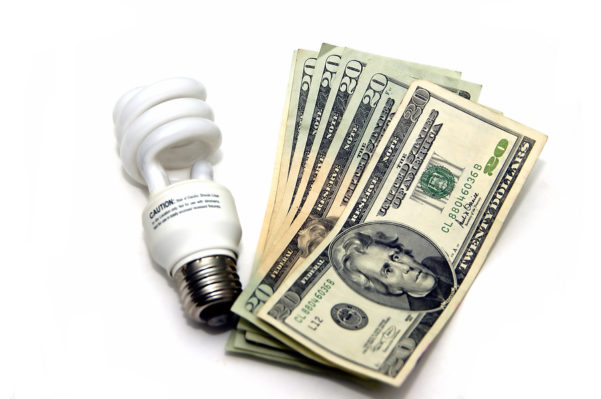
Whether you’re trying to decrease your carbon footprint or just put some extra cash in your pocket each year, cutting energy costs in the winter months is one way to get there. Heating and cooling costs make up a significant percentage of your annual utility bills. By making adjustments in your home, you can reduce the amount of money you spend on energy. Check out these 9 energy saving tips for winter:
According to the US Department of Energy, you can save up to 10% each year on your heating bills by lowering your thermostat by 10-15 degrees for 8 hours a day. For those who work outside the home, the best way to do this is to lower your thermostat when you leave for work in the morning and then bump it back up when you return home in the evening. For those who are home during the day, lower the thermostat when you go to sleep and use flannel sheets and a warm comforter to help combat the chill. If this is too much to remember, consider investing in a programmable thermostat so it will automatically adjust the temperature when you set it to.
If you have rooms that you rarely use such as guest bedrooms or rooms you use for storage, close off and seal the vents that go to these areas. This will help make your home more energy efficient and will direct airflow to the rooms you use the most. You can use space heaters to warm these areas when you need to use them.
The air in your home can become very dry, especially in the winter when the heat is run more frequently. Moist air feels warmer than dry air and also holds heat better. By using a humidifier, you can make your home feel warmer and more comfortable, especially during the times you set your thermostat lower. The humidifier can also help prevent nosebleeds and dry eyes that are common when we run the heat during the winter. You can also increase the humidity in your home by bringing in house plants.
One of the cheapest ways to heat your home in the winter is to use the sun for free heat. Open curtains and blinds on your south facing windows during the winter months to bring heat into your home. Close the curtains and blinds when the sun goes down to help keep the heat inside after dark.
Ceiling fans are a great resource to use to get better airflow in your home. By running your fans clockwise in the winter, heat is trapped in your rooms keeping them warmer. Keep fans on a low setting to gently push warm air down into the room.
We lose a significant amount of money each year by heat and air escaping from our homes due to insufficient insulation. Consider installing TAP (thermal acoustical pest control) insulation to keep this from happening to you. TAP is an energy star rated insulation made from 87% recycled newsprint and treated with a natural pesticide. This not only protects your home from pests but also keeps your HVAC unit running efficiently and can save you 20-38% on your energy bills.
Seal around your utility pipes, gaps around chimneys and recessed lights in insulated ceilings, and the unfinished spaces behind your cabinets and closets. Caulk and add weatherstripping around doors and windows. This will help keep air from escaping out of the house and help reduce your energy bills.
Instead of cranking up the heat, put on warm clothes like sweaters and fuzzy socks. Keep throw blankets on your couches and use area rugs to keep your floors warmer.
Whether it’s in your home or outside when you decorate for the holidays, using LED lights consumes up to 75% less energy and they can last up to 25% longer than traditional incandescent lights. They also emit less heat than traditional lightbulbs, making them a much safer alternative.
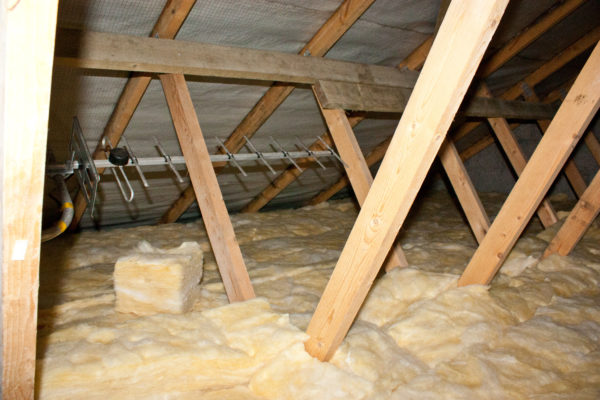
TAP, or thermal acoustical pest control insulation is an insulation product that offers two solutions in one product: an energy-efficient blown-in insulation coupled with the added value of pest control. But what makes TAP different from other forms of insulation? What are the benefits to installing TAP in your home?
Are you still on the fence about TAP insulation? Are you not sure if it’s the right product for your home? Let Northwest help! Fill out the form below or give us a call to request a free estimate or ask any questions you may have.